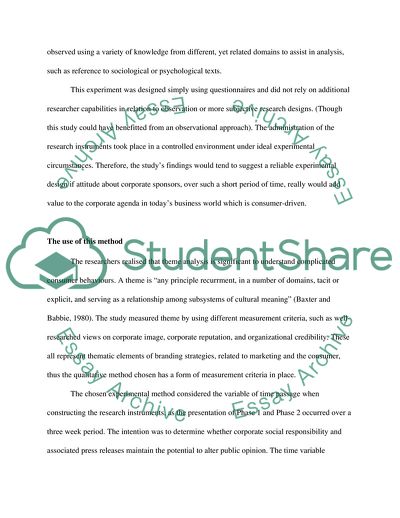Cite this document
(The Experiment: Research Evaluation of Qualitative Research Approach Term Paper, n.d.)
The Experiment: Research Evaluation of Qualitative Research Approach Term Paper. Retrieved from https://studentshare.org/marketing/1728055-research-evaluation
The Experiment: Research Evaluation of Qualitative Research Approach Term Paper. Retrieved from https://studentshare.org/marketing/1728055-research-evaluation
(The Experiment: Research Evaluation of Qualitative Research Approach Term Paper)
The Experiment: Research Evaluation of Qualitative Research Approach Term Paper. https://studentshare.org/marketing/1728055-research-evaluation.
The Experiment: Research Evaluation of Qualitative Research Approach Term Paper. https://studentshare.org/marketing/1728055-research-evaluation.
“The Experiment: Research Evaluation of Qualitative Research Approach Term Paper”, n.d. https://studentshare.org/marketing/1728055-research-evaluation.


